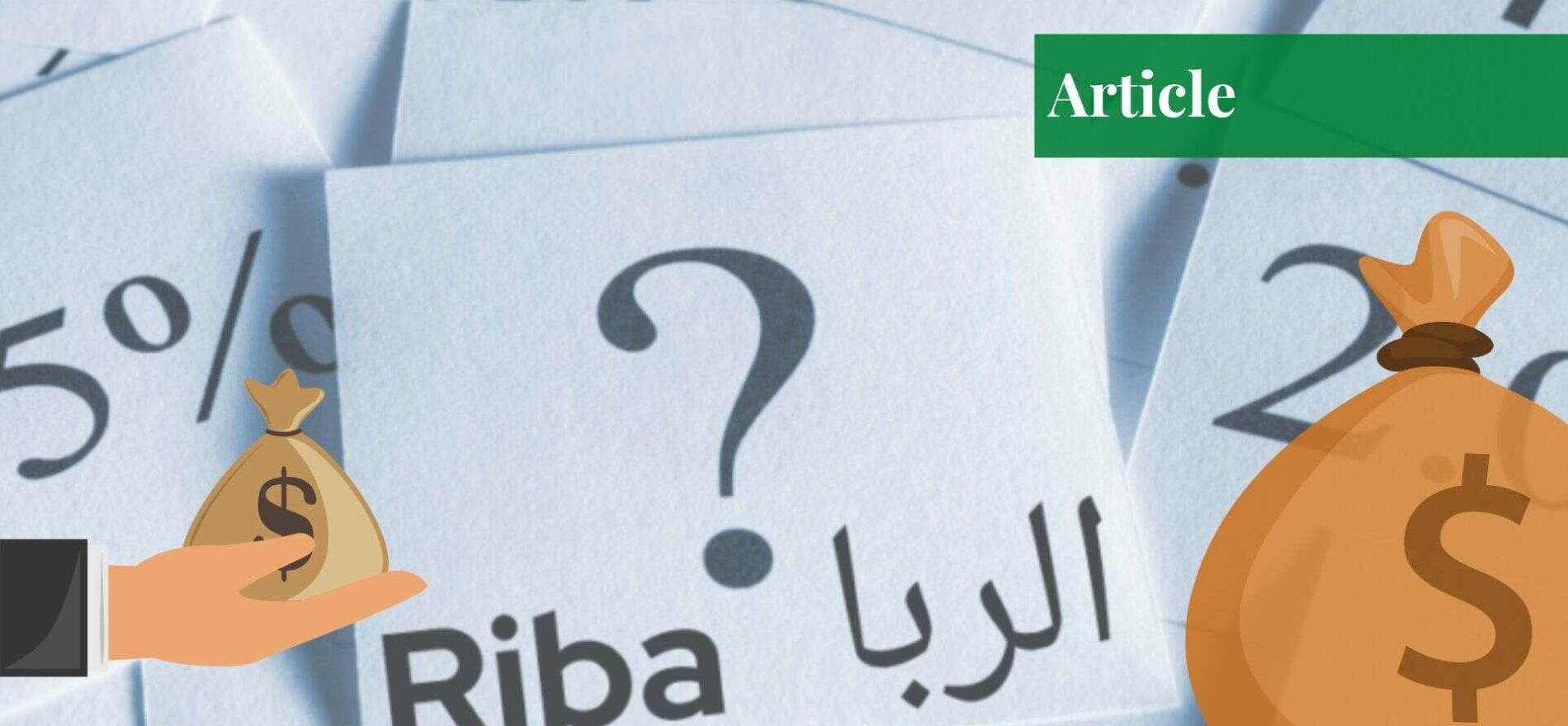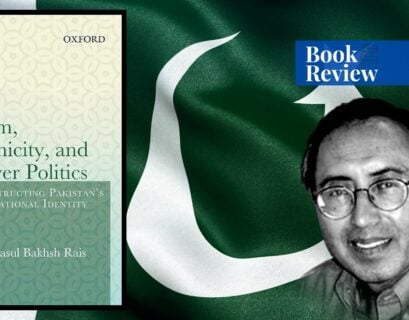Anas Sultan is a student of MS in Islamic Finance at Minhaj University, Lahore. He also works as a research assistant at SIEBF MUL (School of Islamic Economics and Banking and Finance, Minhaj University Lahore). His passion lies in exploring the realms of Islamic finance and contemporary social issues through research and writing.
Socio-economic justice is one of the laudable goals of all societies. However, the strategy that should be used to achieve this goal is disputed. Despite this difference, one element common in the strategies of the world’s four major religions (Hinduism, Judaism, Christianity, and Islam) is the concept of “interest” or “riba.”
The word “riba” means “unjustified addition” or “increase.” Technically, it is an unjustified excess in an exchange, return from a risk-free investment, monetization of credit, or any unfair term in an exchange agreement.
Types of Riba
Riba Al-Nasiyah
The word “nasiyah” is derived from the root word “nasa’a” which means to wait, defer, or postpone, and indicates the period that is given to a borrower to pay the loan in return for the “addition” or the “premium.” Hence, Riba Al-Nasiyah is the same as the interest charged on loans.
Riba Al-Fadl
This form of riba refers to the excess that is taken in exchange for certain “similar” items and is encountered in buying and selling them. As stated in a famous hadith:
“Sell gold in exchange of equivalent gold, sell silver in exchange of equivalent silver, sell dates in exchange of equivalent dates, sell wheat in exchange of equivalent wheat, sell salt in exchange of equivalent salt, sell barley in exchange of equivalent barley, but if a person transacts in excess, it will be Riba.”
Prophet Muhammed (PBUH)
Understanding Riba
Although the terms “Riba” and “Interest” are used interchangeably, the former expands beyond the latter. Payment of interest, collection of interest, and facility of riba are all non-compliant activities. Riba is destabilizing because usurious lending encourages more borrowing and investment during periods of growth and burdens when profits are low.
When riba-based credit reaches the markets, many new players, who would not otherwise be able to buy in, are introduced and become part of the competition. This can falsely increase demand due to the increased number of potential customers and competition, although many do not have the financial ability to cover the costs. This can lead to variations in the market’s supply-and-demand dynamics, driving up prices.
With higher prices, the cost of living increases, and normal sources of income such as labor are not that productive. This pushes people who are already struggling further into a spiral of liability. Thus, as a result of riba, not only do prices face mistreatment, but even wages are affected. When wages are insufficient to meet basic needs, and there is desperation, crime thrives. Thus, riba causes the degradation of society and social morality.
It is interest that makes money a weapon i.e. lending to those who do not seek reward from Allah is attractive and motivating when profitable with interest. On the other hand, riba is also unfair to the lender because if the money is given to a successful business, the lender does not get an equal share in the success. Thus, creditors earn interest as debt loads on debtors. A loan is attractive only if it is interest-based. It is riba that surges the debt.
The Global Financial Crisis of 2008
This event highlights the evil that riba can cause globally. In September 2008, within weeks, Lehman Brothers, one of the world’s largest financial bodies, went bankrupt. An amount equal to £90 billion was wiped off the value of Britain’s biggest companies in a single day. There was even talk of cash machines running empty. Massive borrowing with riba was taken out to finance what appeared to be a one-sided bet on rising property prices.
The boom was ultimately unsustainable, as from around 2005 on, the gap between income and debt began to widen. This was due to the escalation in energy costs in global markets, which led to an increase in global inflation levels as well. The development squeezed borrowers, many of whom were struggling to make mortgage payments that were based on usury. Property rates began to fall, which in turn reduced the prices of assets held by many financial institutions.
The banking sectors of the USA and the UK came very close to collapse and had to be saved by state intervention. With deregulation, banks demanded more mortgages to help sell derivatives profitably. They created “interest-only loans” that became affordable for subprime borrowers. These mortgages were packaged into complex products and sold as mortgage-backed securities (MBS). These securities were loaded with extremely risky subprime adjustable-rate loans.
In 2004, the regulator raised rates just as interest rates on these new mortgages reset. The interest rate is another manifestation of riba and its ensuing failures. Housing prices began to fall in 2007 as supply outstripped demand. It trapped homeowners who couldn’t afford the payments but couldn’t sell their homes. When the value of derivatives fell, banks stopped lending to each other. One of the financial instruments that played a central role in all this was the interest-based instrument called CDOs (Collateralised Debt Obligations).
CDOs were diversified with risky subprime mortgage bonds. It was trash repackaged in another bin. As millions of homeowners defaulted, CDOs failed to reach their middle and upper tranches; CDO-squared and CDO-cubed investors ended up losing money on so-called risk-free investments. Thus, riba-based interest rates, loans, financial instruments, mentality, and the temptation to encourage riba led to the crisis.
The main reason for the strong ruling against riba in Islamic finance is that Islam wants to form an economic system where all forms of manipulation are eliminated. Especially discrimination that continues in the form of a positive return to the financier without doing any work i.e., acting or participating in risk, while the entrepreneur, despite his management and diligence, is not sure of such positive returns.
Islam desires to establish justice between the financier and the businessman. Under these circumstances, it is difficult to see how anyone can justify riba in a Muslim society as it is both a major sin and forbidden under Islamic law. It is haram (forbidden) for a reason. The difficulty in understanding the prohibition lies in a lack of appreciation of the entire code of Islamic values, and its emphasis on socio-economic justice along with equitable distribution of income and wealth in particular.
If you want to submit your articles, research papers, and book reviews, please check the Submissions page.
The views and opinions expressed in this article/paper are the author’s own and do not necessarily reflect the editorial position of Paradigm Shift.



















